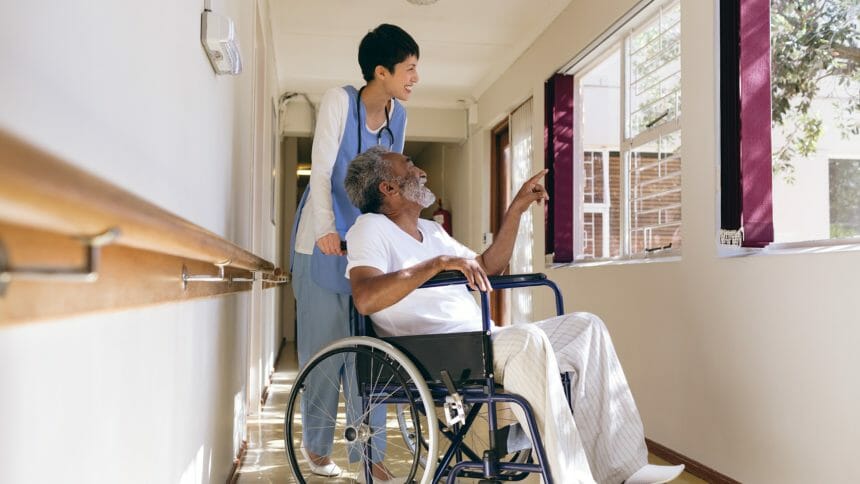
Approximately 47.1% of properties within the 31 NIC MAP Vision primary markets, and 50.8% of properties within the 68 secondary markets, reported an increase in occupancy rates in the second quarter, according to the National Investment Center for Seniors Housing & Care.
“[This is] a relatively higher proportion compared with levels seen during the pandemic and the most since 2Q2019 (pre-pandemic levels). This shows that positive demand is returning, consumer confidence is building, and suggests that the outlook for seniors housing occupancy remains optimistic,” Chief Economist Beth Burnham Mace and data analyst Omar Zahraoui wrote in a blog published Friday.
Breaking things down to metropolitan centers, Detroit and Atlanta had the largest share of properties that reported an increase in occupancy rates in the second quarter. Baltimore, on the other hand, saw a decline in occupancy from 81.1% in the first quarter to 79.6% in the second quarter.
“The occupancy drop in Baltimore was largely due to negative absorption,” Mace and Zahraoui said.
On the other side of the country, occupancy rates in San Jose, CA, remain low by historic standards, because the market was among the hardest hit during the pandemic. Still, the area saw slight improvement quarter over quarter, the data show. The average occupancy rate in San Jose improved from 83.3% in the first quarter to 83.7% in the second quarter. According to NIC, “The slight improvement in occupancy rates in San Jose was mainly driven by negative inventory growth associated with units being pulled off the market.”
It remains to be seen how markets will fare in the third quarter, depending on the course of the COVID-19 health crisis, Mace and Zahraoui said, adding that vaccination rates, infection rates, economic growth and ease of development all will play a part.




